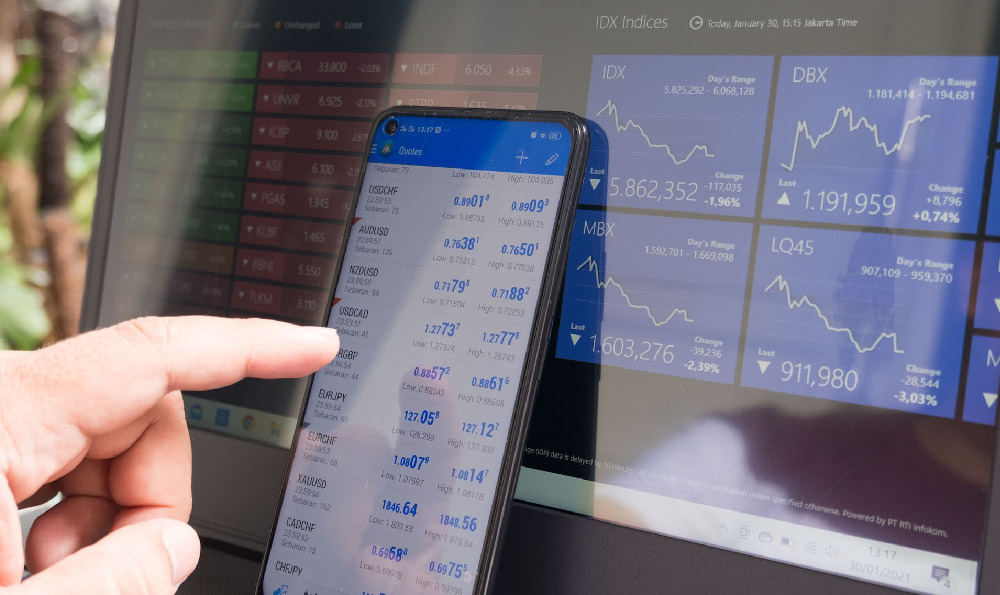Alright, let's delve into the realm of cryptocurrency investment strategies. The allure of rapid wealth creation in this digital frontier is undeniable, but navigating it successfully requires more than just luck. It demands a calculated approach, a deep understanding of market dynamics, and a willingness to learn and adapt.
One fundamental strategy revolves around long-term holding, often referred to as "HODLing." This strategy rests on the conviction that certain cryptocurrencies, particularly those with strong fundamentals, innovative technology, and a growing user base, will appreciate significantly in value over time. Think of Bitcoin, Ethereum, and potentially other emerging Layer 1 or Layer 2 solutions. The beauty of HODLing lies in its simplicity. You identify cryptocurrencies you believe in, purchase them, and then resist the urge to sell during periods of volatility. Instead, you hold onto them through market ups and downs, waiting for the long-term growth to materialize. This approach minimizes the impact of short-term price fluctuations and capitalizes on the potential for exponential gains. However, thorough research is paramount. You need to understand the technology behind the cryptocurrency, its use case, its competitive landscape, and the development team’s roadmap. Investing in a cryptocurrency solely based on hype or FOMO (Fear Of Missing Out) is a recipe for disaster. This strategy relies on enduring market cycles, so it’s important to consider whether you can comfortably leave your investment untouched for extended periods.
Another popular strategy is trading, which involves actively buying and selling cryptocurrencies to profit from short-term price movements. This is a more active and demanding approach that requires a strong understanding of technical analysis, chart patterns, and market sentiment. Traders often utilize tools like moving averages, relative strength index (RSI), and Fibonacci retracements to identify potential entry and exit points. Different trading styles exist, including day trading (holding positions for only a few hours), swing trading (holding positions for a few days to a few weeks), and scalping (making small profits from numerous quick trades). Trading can be highly profitable, but it also carries a significantly higher risk than HODLing. It requires discipline, emotional control, and the ability to quickly adapt to changing market conditions. Successful traders develop a robust trading plan, set clear profit targets and stop-loss orders, and diligently track their performance. Over-leveraging, chasing losses, and letting emotions dictate trading decisions are common pitfalls that can quickly wipe out capital. Furthermore, traders should be aware of transaction fees and slippage, which can eat into profits, especially when executing frequent trades.

Beyond simply buying and holding or trading, the rise of Decentralized Finance (DeFi) has introduced a plethora of opportunities for earning passive income through staking and yield farming. Staking involves holding cryptocurrencies in a wallet to support the operations of a blockchain network and earn rewards in return. The rewards are typically distributed in the form of the same cryptocurrency being staked. Yield farming, on the other hand, involves lending or borrowing cryptocurrencies through DeFi platforms to earn interest or rewards in the form of other cryptocurrencies. This strategy often involves providing liquidity to decentralized exchanges (DEXs) by depositing tokens into liquidity pools. While staking and yield farming can offer attractive returns, they also come with inherent risks, including smart contract vulnerabilities, impermanent loss (particularly in yield farming), and regulatory uncertainty. Before participating in staking or yield farming, it's crucial to thoroughly research the platform, the underlying smart contracts, and the potential risks involved. Diversifying your positions across multiple platforms can help mitigate the risk of losing all your funds in a single platform.
A crucial element applicable across all investment strategies is risk management. This involves determining your risk tolerance, diversifying your portfolio, and using stop-loss orders to limit potential losses. Never invest more than you can afford to lose, and avoid putting all your eggs in one basket. Diversifying your portfolio across different cryptocurrencies and asset classes can help reduce the impact of any single investment performing poorly. Stop-loss orders automatically sell your assets when the price drops to a predetermined level, helping to protect you from significant losses. Additionally, staying informed about market news, regulatory developments, and technological advancements is essential for making informed investment decisions.
Furthermore, consider Dollar-Cost Averaging (DCA). This is a strategy where you invest a fixed amount of money into a particular cryptocurrency at regular intervals, regardless of the price. This helps to smooth out the impact of price volatility and reduces the risk of buying at the peak. DCA is particularly useful for long-term investors who are less concerned about short-term price fluctuations.
Finally, it's important to approach cryptocurrency investment with a long-term perspective and a healthy dose of skepticism. The market is still relatively young and immature, and there will undoubtedly be periods of boom and bust. Avoid get-rich-quick schemes and focus on building a solid investment portfolio based on sound fundamentals and careful research. Remember that no investment strategy guarantees success, and past performance is not indicative of future results. Stay disciplined, stay informed, and always prioritize risk management. Only then can you navigate the world of cryptocurrency investment with confidence and increase your chances of achieving your financial goals.











